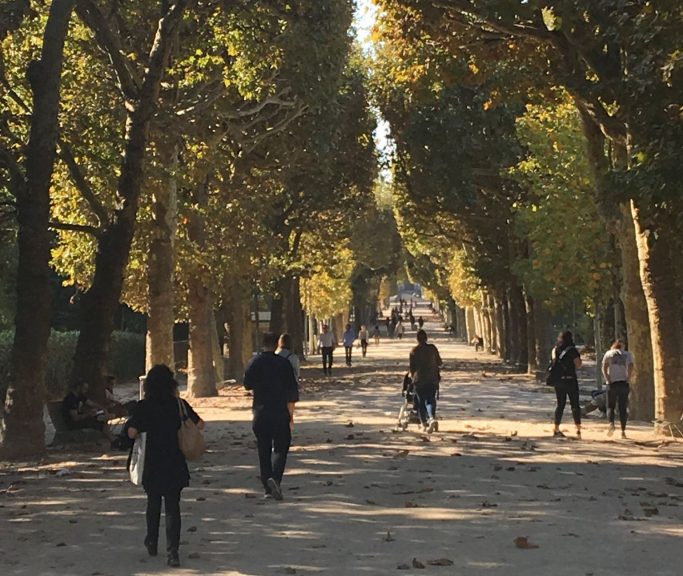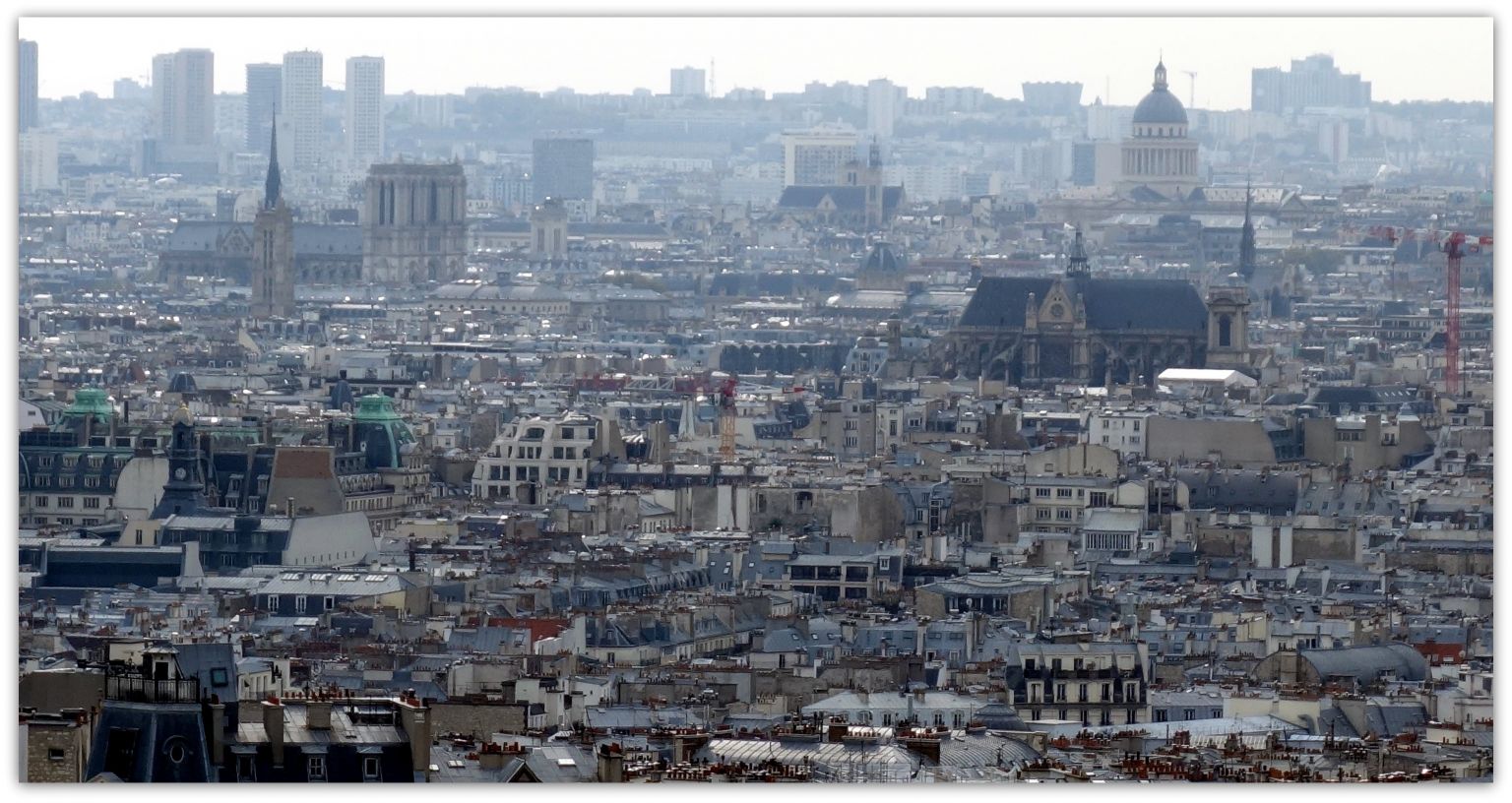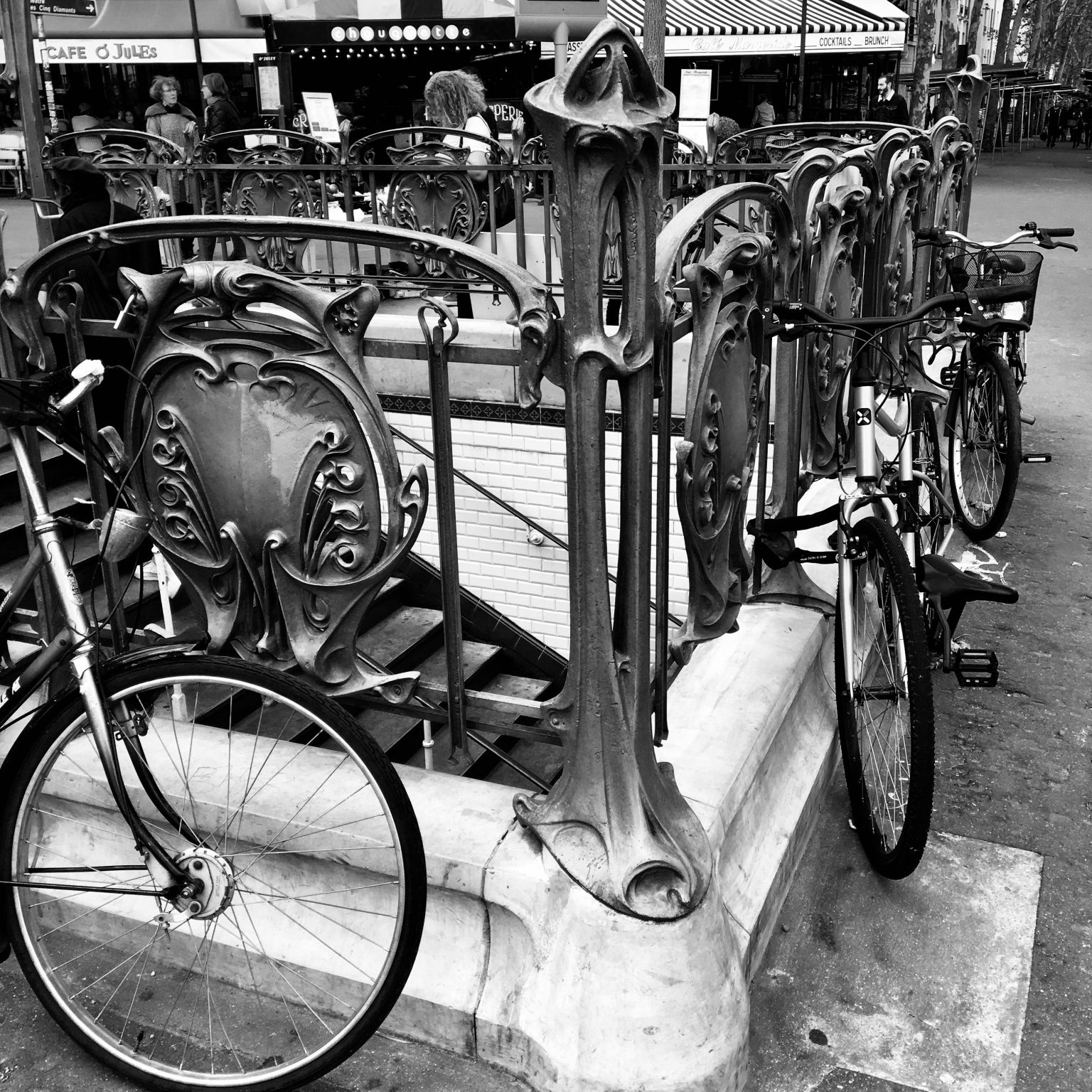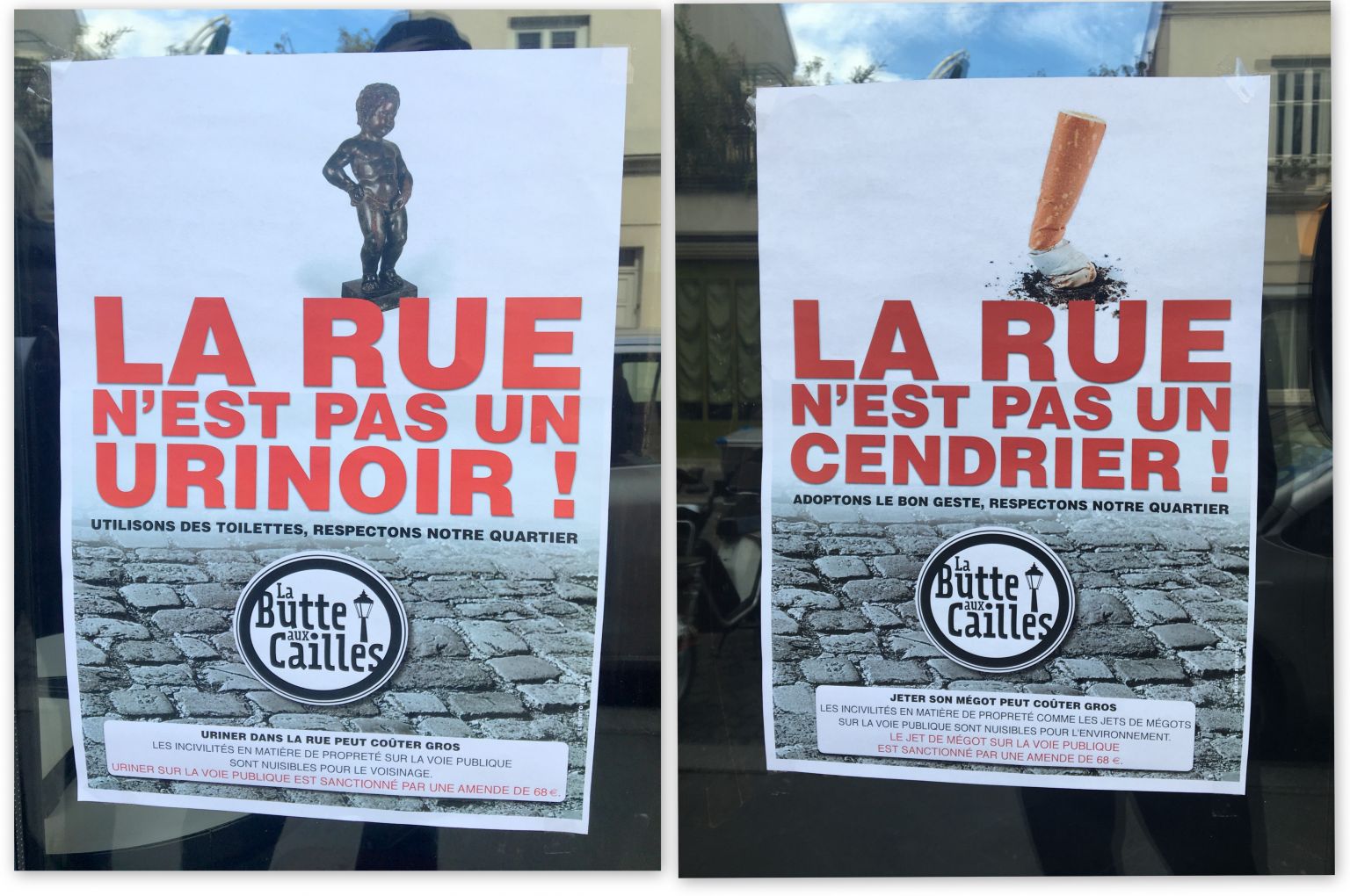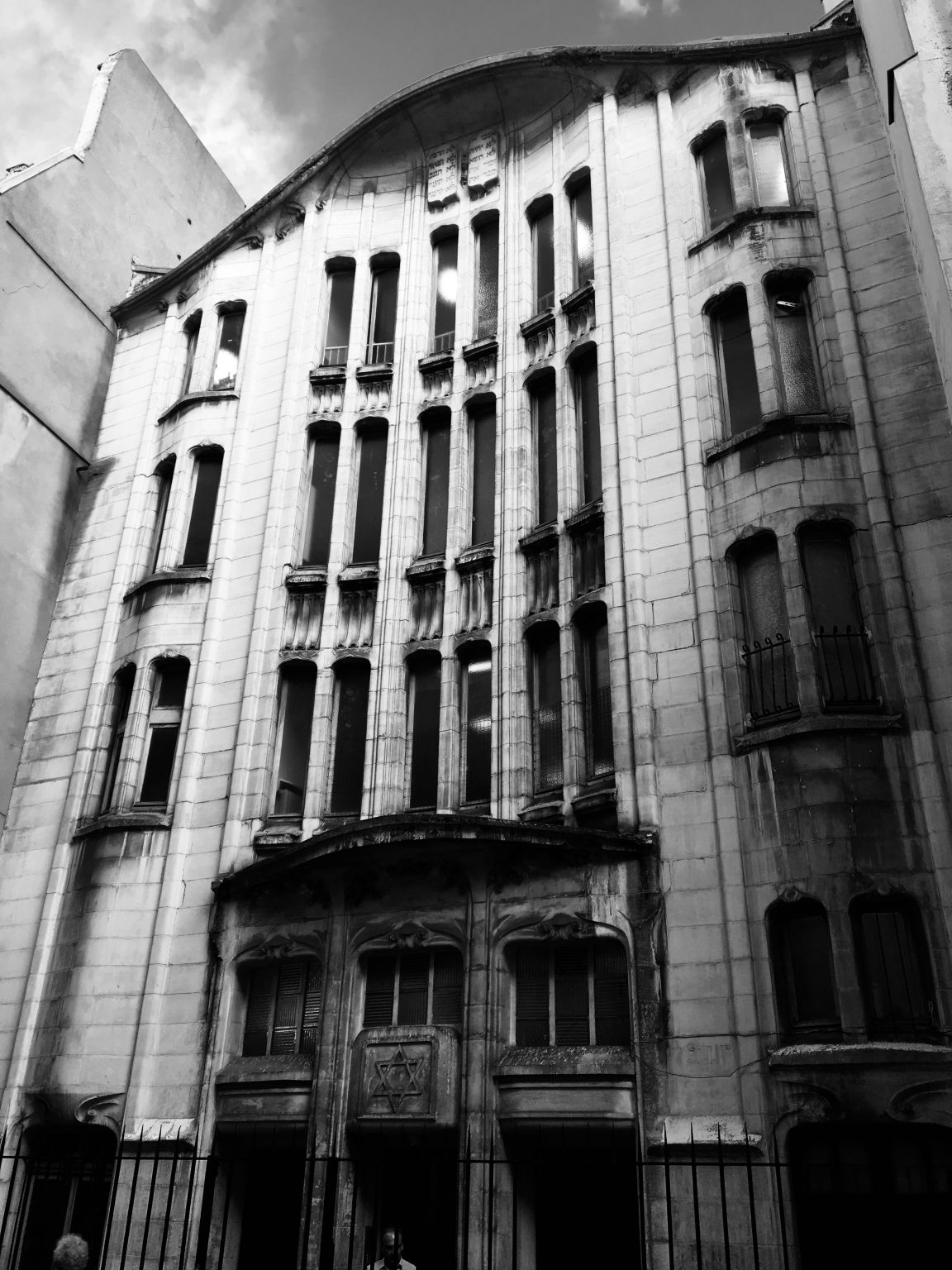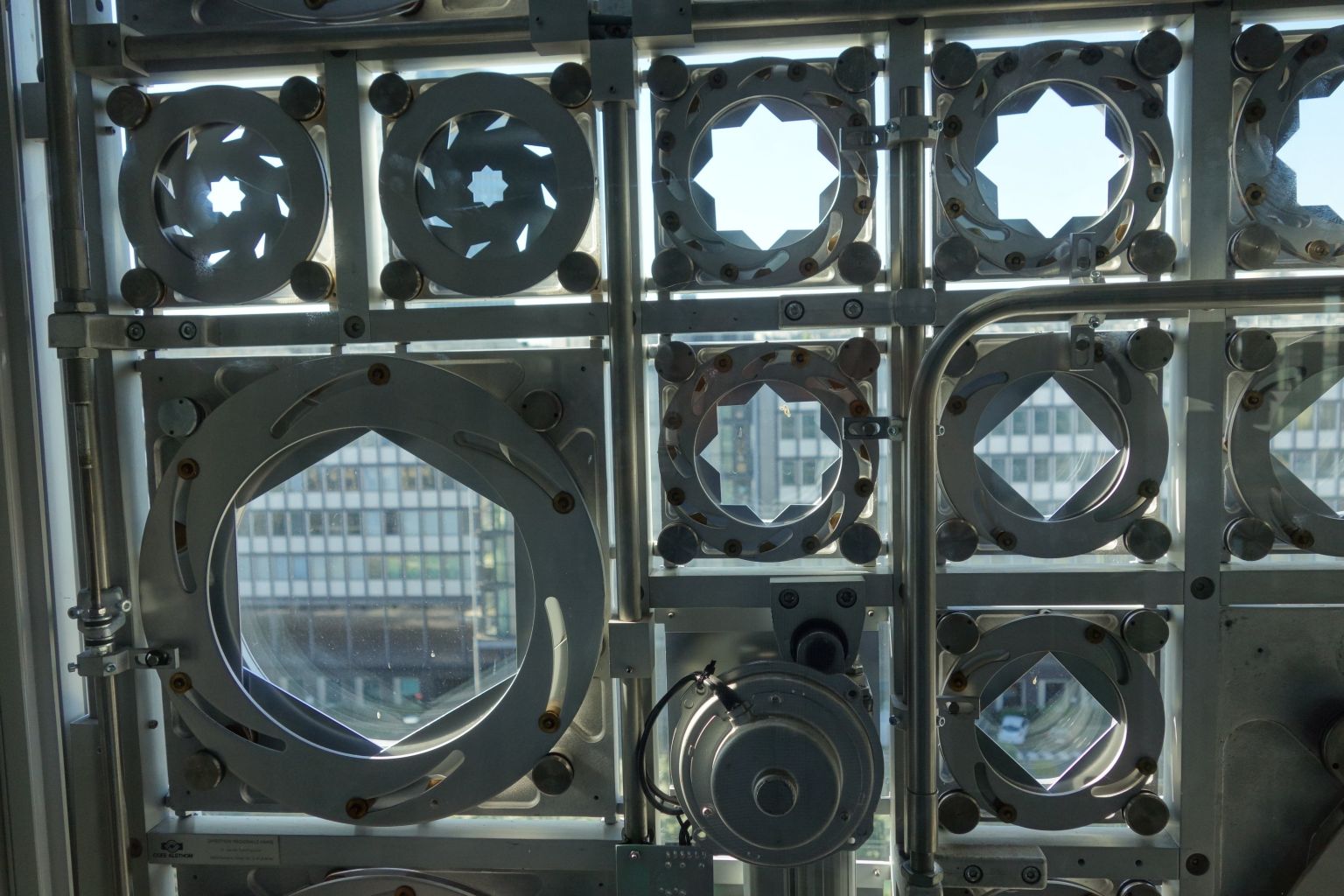We were recently in Paris for a week; sometimes we would think of home.
When you attend meetings about the future of Halifax, there is talk of Density and her saucy friend Height. Often folks will evoke Paris, where density is particularly dense, in the centre of the city, without the unseemliness of tall buildings. As our convenient, direct flight made its final descent, the 1886 Eiffel Tower confirmed this message by being outstanding while the morning haze obscured her short neighbours.
A few days later, looking over the city from the large hill of Montmarte, it was clear that buildings like 700-year-old Notre Dame Cathedral (flat-topped towers to the left) still have a commanding presence.
It is instructive to remember that in the late 1960s, the dome of Halifax’s oldest building, St Paul’s (1749), was still prominent in the city’s skyline.
 The walkable city is a concept many of us aspire to in Halifax. A successful street, planners say, will provide a new stimulation every four seconds as you walk it. During our Paris visit, we walked about 70 kilometers, and most of the time we were as stimulated as we could possibly be.
The walkable city is a concept many of us aspire to in Halifax. A successful street, planners say, will provide a new stimulation every four seconds as you walk it. During our Paris visit, we walked about 70 kilometers, and most of the time we were as stimulated as we could possibly be.

I took this picture because we had just been around too many people and this empty street was a welcome, and surprising, relief.
We witnessed a lot of resources put into keeping the city clean (washing sidewalks, sweeping streets) but when so much is pretty, the occasional specimen of urban grit just adds another flavour.
It’s hard to beat those little shop fronts we have to work so hard to reproduce at home. Hint: really glossy paint, and wash it regularly.
Paris was the first city in Europe to be invaded by rentable e-scooters. They have only been available since June but are everywhere, zipping in and out of traffic and littering the sidewalks. I don’t know if scooters have the guts to handle the hills of Halifax but they would do north/south with ease.
There were more brave bicycle riders than I anticipated. Wonder what Hector Guimard would think about his iconic Metro railings repurposed as a bike rack?
Several times we happened upon the city explaining what they were up to. Here a sign explains how an intersection is going to be rebuilt to make it easier for pedestrians.
The care of a young, street tree was celebrated on another sign.
We stopped to admire a stylish wedding party waiting outside a municipal building for the happy couple to arrive. On the iron railing we were standing beside were a series of maps describing the city. This one showed the age of buildings; dark blue were built pre1800. I suppose the equivalent map exists for Halifax, but where?
And a couple of useless posters confirming that Paris is like most big cities.
Our urban safari included many stops in the plentiful parks and oases.
We only learned about the Promenade Plantée after we arrived in France. It is a 4.5 kilometer garden path built on an abandoned, mid-19th century, elevated rail line. Similar to the High Line in New York but built over a decade earlier.
The River Seine flows through the centre of Paris contained by very refined banks, and crossed by tasteful bridges. We sought out the Jardin Tino-Rossi, a sculpture garden that converts a narrow strip between a busy street and the river into a surprisingly private place. Made me wonder if we could be a little more ambitious with our landscaping along the Halifax waterfront.
There are many voices in Halifax calling for the removal of the fences that surround several of our civic fountains. Imagine this scene on the Commons.
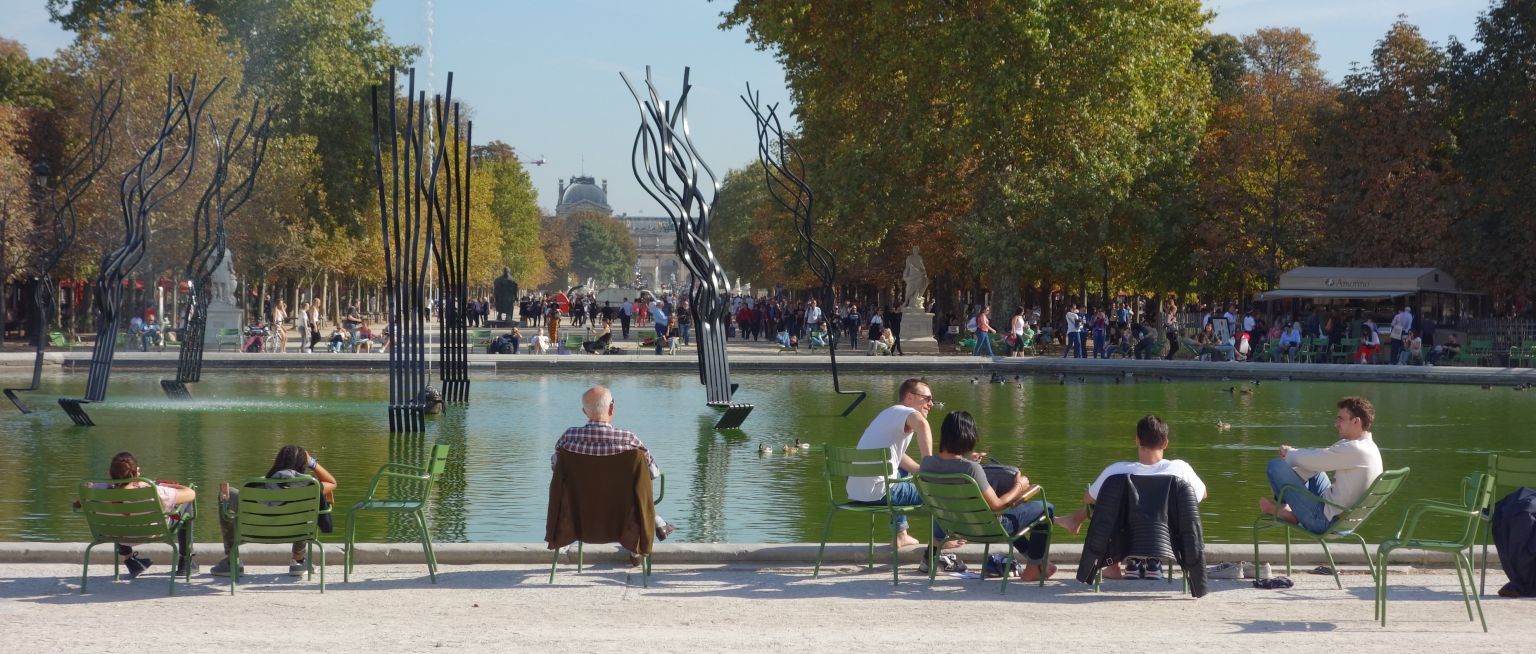
A “secret gardens of Paris” book led us to this refuge, just feet away from a busy commercial street, teeming with people. Maybe the new gardens at the Legislature will provide a similar respite.
Rue des Rosiers demonstrated what a difference a few street trees make. The luxuriant planters pushed it over the top.
Generally our rambles were to sample particular parts of the city, rather than to visit a specific site. We did seek out a few buildings, like this amazing art nouveau masterpiece that was near our home.
A more nuanced art nouveau facade was on a synagogue designed by Hector Guimard (of the Metro railings fame).
The 1980s Institut du Monde Arabe,was designed by Jean Nouvel. Visible behind the glass curtain wall are metal screens powered by photo-sensitive motors, that open and close shutters to control sunlight.
Inside, the mechanical apertures felt charmingly old-fashioned.
Sort of like the Eiffel Tower when we got up close.
An interesting phenomenon we came upon several times was Asian couples in wedding costumes being photographed. Before their wedding, many couples will travel to an iconic international location and be photographed and videoed, so the images can be shown at their ceremony back home. In Paris there is apparently a thriving industry providing photographers, makeup artists, costume rental etc.
The city felt very full of people, but we tried to keep away from the largest crowds of tourists that clog many attractions and museums, Maybe there are too many visitors. These “love locks” littering a bridge over the Seine felt creepy. Like Peggy’s Cove on a cruise ship day.





